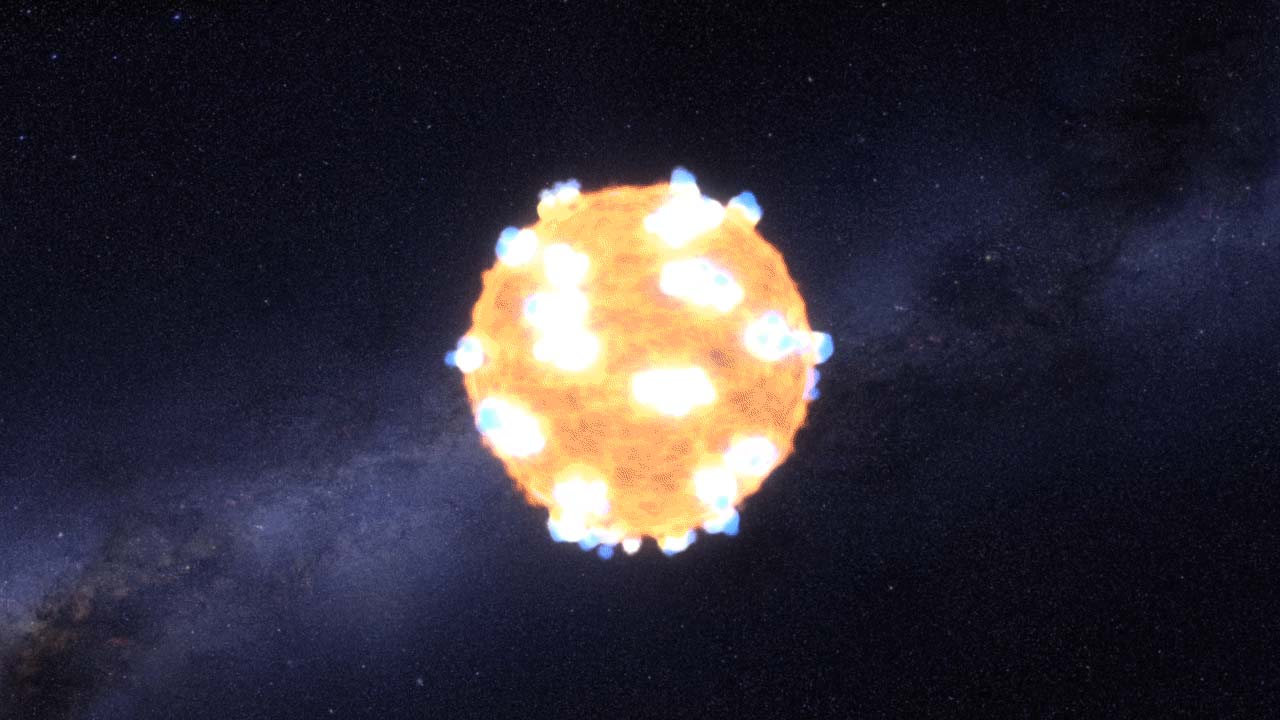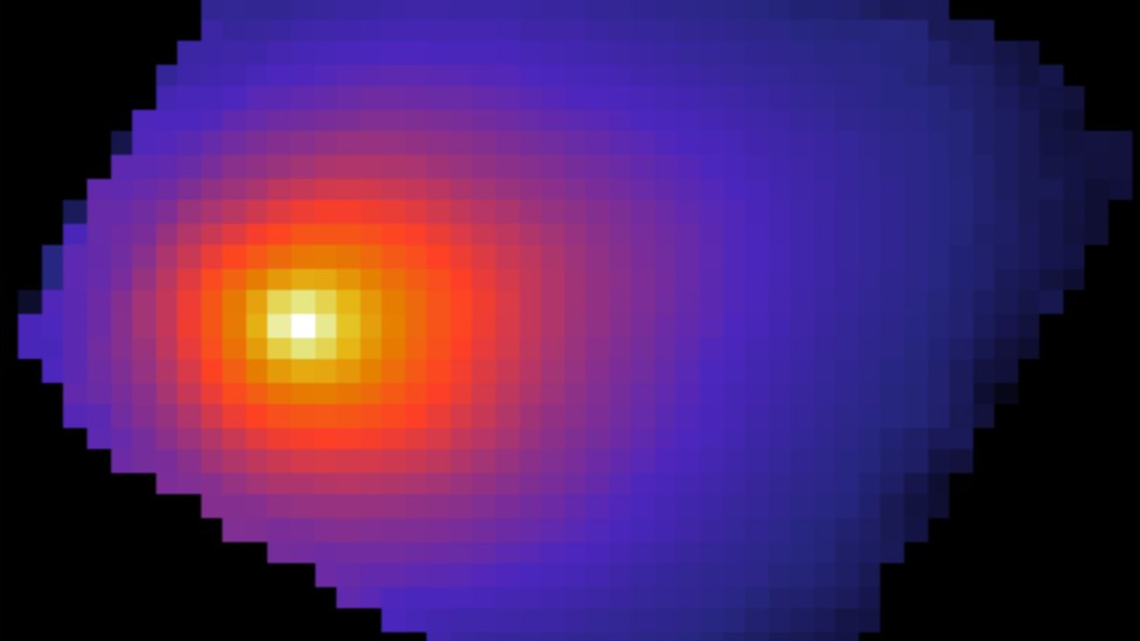First Supernova Shock Wave Image Snapped by Planet-Hunting Telescope
For the first time, scientists have seen the shock wave emanating from an exploding star in visible light.
Using NASA's planet-hunting Kepler Space Telescope, researchers saw the shock wave coming from a massive star explosion (a supernova) that came into Kepler's view in 2011. The star that ended its life as a supernova is named KSN 2011d, which is nearly 500 times the diameter of the sun, and located about 1.2 billion light-years away.
The shock breakout lasted only about 20 minutes, so Kepler's ability to catch a glimpse of this event is "an investigative milestone for astronomers," NASA said. At the time Kepler observed the explosion, the telescope was gazing continuously at a point in the Cygnus constellation, looking for extrasolar planets. The shock wave observation will give investigators more information into how these shock waves are formed from stellar explosions. [Video: Supernova's Super-Shockwave Seen For The First Time]
"In order to see something that happens on timescales of minutes, like a shock breakout, you want to have a camera continuously monitoring the sky," lead author Peter Garnavich, an astrophysics professor at the University of Notre Dame, said in a statement. "You don't know when a supernova is going to go off, and Kepler's vigilance allowed us to be a witness as the explosion began." [See an animation of the event.]

"That is the puzzle of these results," Garnavich said. "You look at two supernovae and see two different things. That's maximum diversity."Kepler also observed the explosion of a second exploding star: KSN 2011a, which is about 300 times the diameter of the sun and located 1.2 billion light-years away. There's a mystery to the results, though, as only one of the stars — the bigger one — had an observable shock wave. Scientists suggest that perhaps the smaller star had a bunch of gas around it, which masked the shockwave.
Type II supernovae explode catastrophically after the core of a star runs out of nuclear fuel. Just as a building needs support beams to hold it up against gravity, the star is able to stay "inflated" due to a balance between gravity and the outward pressure of nuclear production. When the nuclear fuel runs out, the core collapses. The video above shows a star entering the later phase of its life, when it begins to swell, and becomes known as a red giant or red supergiant, before exploding. (The video features the song "Shockwave Supernova," by Joe Satriani).
Although only one of the two supernovae had an observable shock wave, their explosions were both close to mathematical models of Type II explosions.
Get the world’s most fascinating discoveries delivered straight to your inbox.
"All heavy elements in the universe come from supernova explosions. For example, all the silver, nickel and copper in the earth and even in our bodies came from the explosive death throes of stars," Steve Howell, project scientist for NASA's Kepler and K2 missions at NASA's Ames Research Center in California, said in the same statement. "Life exists because of supernovae."
Kepler's primary mission was changed in 2013, after a second of its reaction wheels (which keep the spacecraft steady) failed. The mission is still operating now as K2, using the pressure of the sun for steadiness and occasionally changing positions to avoid the sun frying the detector. Garnavich is part of the Kepler Extragalactic Survey, a team that is looking at the results from Kepler before 2013.
The research has been accepted for publication in the Astrophysical Journal.
Follow Elizabeth Howell @howellspace. Follow us @Spacedotcom, Facebook and Google+. Original article on Space.com.

Elizabeth Howell was staff reporter at Space.com between 2022 and 2024 and a regular contributor to Live Science and Space.com between 2012 and 2022. Elizabeth's reporting includes multiple exclusives with the White House, speaking several times with the International Space Station, witnessing five human spaceflight launches on two continents, flying parabolic, working inside a spacesuit, and participating in a simulated Mars mission. Her latest book, "Why Am I Taller?" (ECW Press, 2022) is co-written with astronaut Dave Williams.

